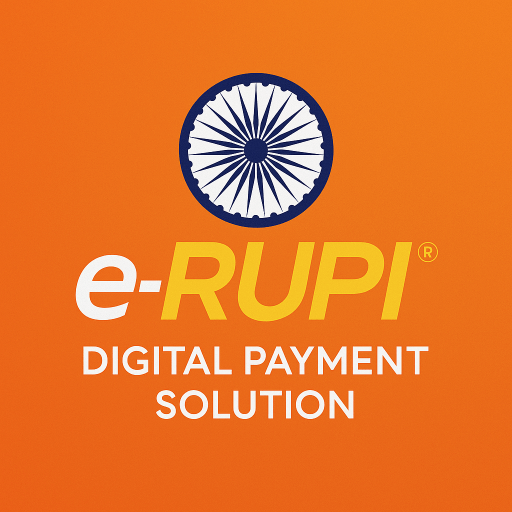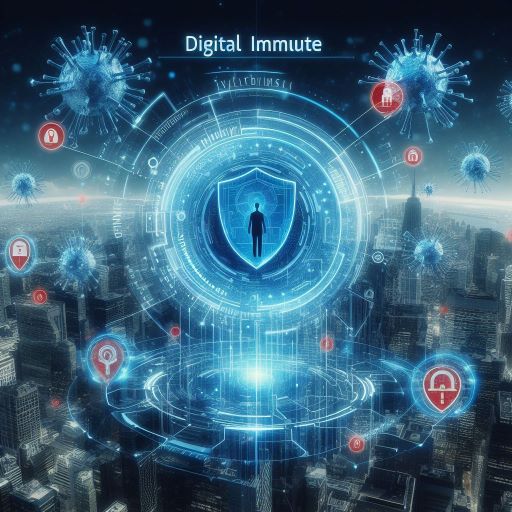e-RUPI is a digital payment solution developed by the National Payments Corporation of India (NPCI) on behalf of the Reserve Bank of India (RBI). It is a prepaid voucher that can be used to make payments for a specific purpose or activity. e-rupee vouchers can be issued by government agencies, private organizations, and individuals.
Table of Contents
Digital e-RUPI Work
To use e-RUPI, the beneficiary will receive a voucher in the form of an SMS or QR code. They can then redeem the voucher at any merchant that accepts e-RUPI. The merchant will scan the QR code or enter the voucher code to complete the transaction.
e-RUPI is a contactless, secure, and convenient way to make payments. It is also a privacy-preserving payment method as the beneficiary’s personal details are not shared with the merchant.
Technology of e-rupee
Here are some of the benefits of e-RUPI:

- It is a contactless payment method, which makes it ideal for use during the COVID-19 pandemic.
- It is a secure payment method as the beneficiary’s personal details are not shared with the merchant.
- It is a convenient payment method as it can be used without a card, digital payments app, or internet banking access.
- It can be used to make payments for a specific purpose or activity, which makes it ideal for government welfare schemes and other programs.

Here are some of the use cases of e-RUPI
- Government welfare schemes: e-RUPI can be used to distribute government benefits to beneficiaries in a more efficient and transparent manner. For example, the government can use e-RUPI to provide food rations, financial assistance, and other benefits to the poor and marginalized.
- Corporate welfare programs: e-RUPI can be used by companies to provide benefits to their employees, such as meal vouchers, transportation allowance, and medical reimbursement. This can help companies to save on administrative costs and improve the efficiency of their welfare programs.
- Retail payments: e-RUPI can be used to make payments at retail stores, supermarkets, and other merchants. This can help to reduce the use of cash and promote a cashless society.
- Healthcare: e-RUPI can be used to pay for medical services, such as doctor’s consultations, diagnostic tests, and hospital admissions. This can help to improve the efficiency of the healthcare system and make it more accessible to everyone.
- Education: e-RUPI can be used to pay for school fees, tuition, and other educational expenses. This can help to reduce the financial burden on parents and make education more affordable for everyone.
e-RUPI is still a new payment method, but it has the potential to revolutionize the way we make payments in India. It is a promising step towards a cashless and digital economy.

Here are some of the challenges that e-RUPI faces
- Lack of awareness: Many people in India are still not aware of e-RUPI. This is a major challenge that needs to be addressed in order to make e-RUPI a success.
- Merchant adoption: Not all merchants in India accept e-RUPI. This is another challenge that needs to be addressed in order to make e-RUPI more widely accepted.
- Technical issues: There have been some technical issues with e-RUPI, such as delays in processing payments. These issues need to be resolved in order to ensure the smooth functioning of e-RUPI.
Despite these challenges, e-RUPI has the potential to be a major success in India. It is a convenient, secure, and privacy-preserving payment method that can be used for a variety of purposes. With more awareness and merchant adoption, e-RUPI can help to make India a more cashless and digital economy.
I hope this blog post has given you a better understanding of e-RUPI. If you have any questions, please feel free to leave a comment below.





